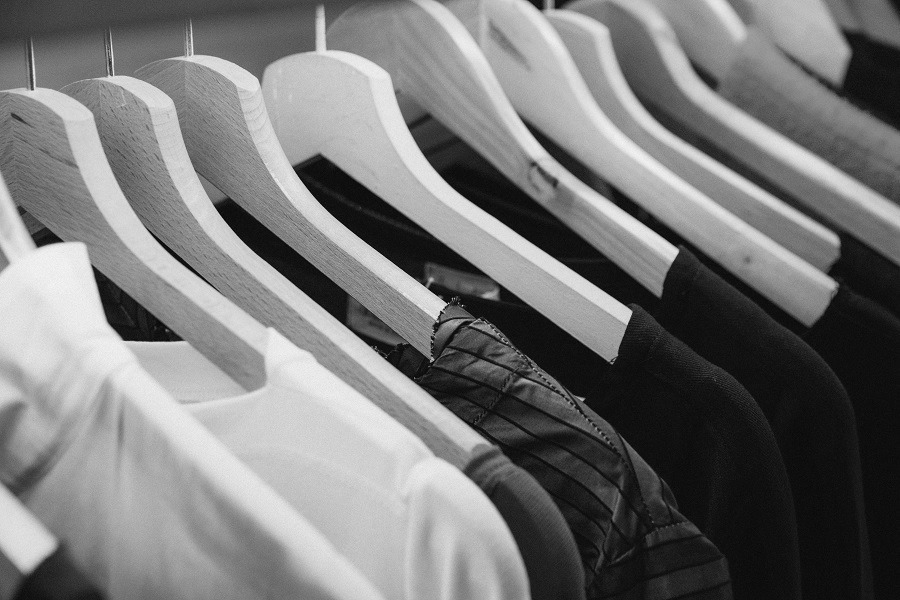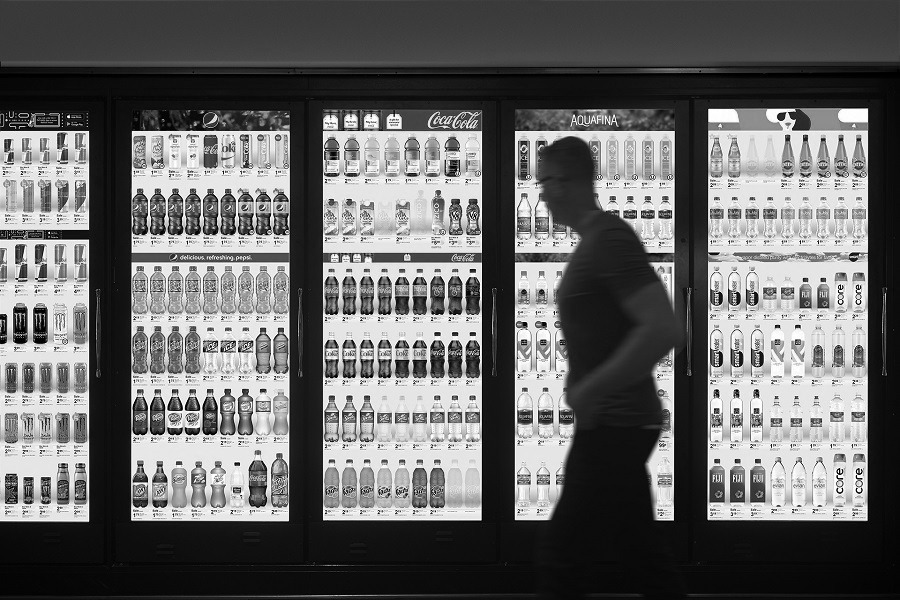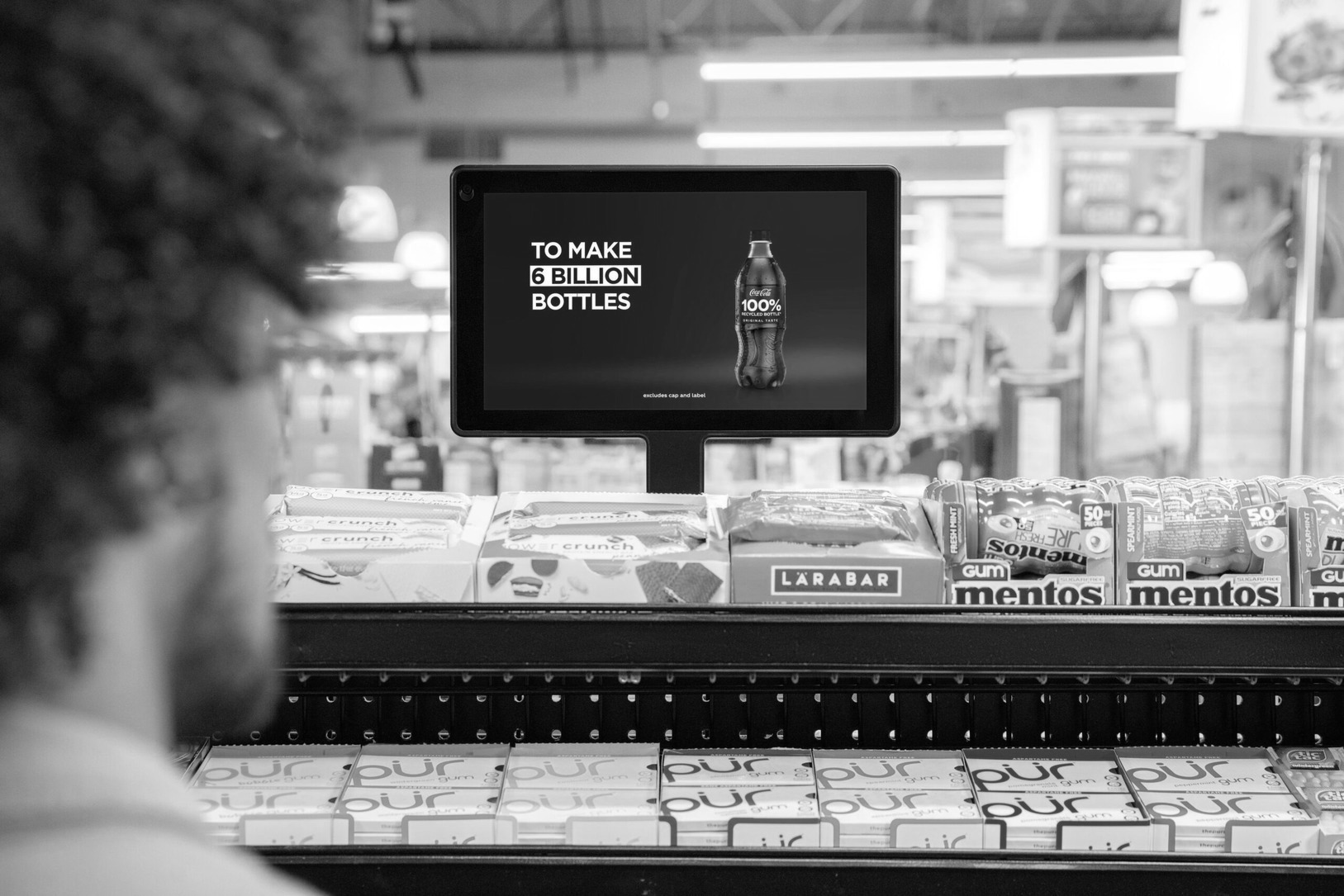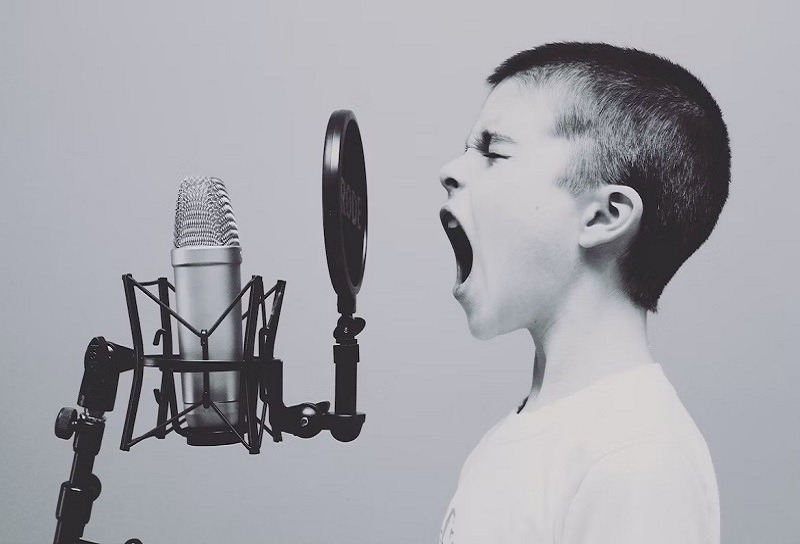Rampant competition in Retail Media is driving an arms race amongst retailers and tech providers.
As the scale of opportunity in Retail Media continues to grow, and retailers search for alternative revenue streams amidst inflationary pressures, the race is on to offer the most advanced ad formats and measurement opportunities.
That’s great news for brands and marketers because Retail Media can offer demonstrative ROI, but many are now interested in the crossover between online and offline shopping, as research shows in-store Retail Media can capture audiences that are an average of 70% larger than digital audiences for leading brick-and-mortar retailers.

As the digitization of physical stores becomes more prevalent, the term ‘omnichannel’ has worked its way back into popular usage as people consider the opportunity of physical retail spaces for Retail Media.
Below are some innovative examples of in-store digitization that are likely to reach stores in your neighborhood in the near future.
Smart carts
Back in 2021, Instacart announced it had acquired Caper AI, best known for producing ‘smart carts’ that can detect when a shopper has placed an item in it.
The cart connects to the Instacart app via QR code and will display a customer’s shopping list on the cart’s screen. Shoppers can also search for items in the store and be directed to their location, and can use the payment terminal on the cart for self-checkout rather than waiting in a queue.
Digital signage
Cooler Screens promise to bring the ‘science of eCommerce to brick-and-mortar retail’ by replacing traditional retail surfaces such as cooler fridge or freezer doors with 4k digital smart screens.
The screens are capable of serving messages and creative that are relevant, engaging and up to date with sales trends at that retail location.

Cooler Screens also offers a media buying platform and states it can offer ‘comprehensive third-party and first-party measurement solutions that consistently show both sales and brand lift for our partner brands. Measurement is tailored to brand goals and KPIs.’
Grocery TV places TV screens at strategic locations in stores, usually at the checkout, which carry relevant product promotions, in-store specials, and local events as well as specific brand ads.
The screens are equipped with AI-enabled cameras, meaning ads are only served when a shopper is present, and average dwell time is reported as 4.5 minutes.

Lift and learn
Raydiant combines AI, digital signage and lift and learn technology to offer consumers a personalized and immersive in-store digital experience.
Lift and learn technology uses pressure sensors on shelves to detect when a product has been picked up, and then offers information to the consumer about the item. The tech can tell retailers ‘which products customers engage with, for how long, and which targeted content actually gets them to buy.’
AI can pair with this tech to give approximate age, gender and sentiment to provide personalized shopping experiences to the consumer and offers an average sales uplift of 87% compared to traditional shelves.
In-store sound messaging
Mood Media provides in-store voice messaging designed to welcome shoppers to the store, promote products and services, offer shopping tips, and even advertise the store’s social media channels and loyalty programs. Mood Media claims 72% of shoppers find in-store voice messaging helpful to their experience.

1. Ensure placements align with goals
If awareness of new product availability is a focus, in-store Retail Media can capture attention when shoppers are actively making buying decisions.
Similarly, these placements can be utilized for consumable goods that have a shorter path-to-purchase – such as specific foods, toiletries, and beauty items. Whereas high-end electronics and similar products generally require additional consideration messaging during the buyer’s journey.
2. Meeting the needs state of the customer
Confirm that the need state of your consumer is aligned with the messaging and placement in-store. For example, personal care items may not be a good match for in-store radio, while Smart Coolers would be a great opportunity for alcoholic beverage brands to reach shoppers perusing the beer options.
If you’d like to chat with one of our Retail Media experts, please get in touch.
Get in touch









